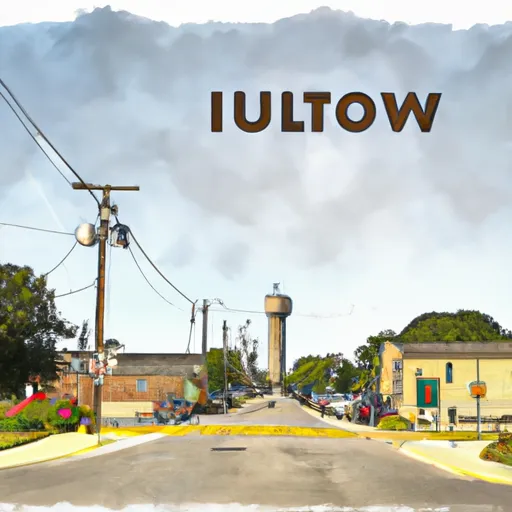°F
°F
mph
Windspeed
%
Humidity











Moulton, Iowa is a small town located in Appanoose County. The climate in Moulton is characterized by hot summers and cold winters, with an average high temperature of around 85°F (29°C) in July and an average low of 18°F (-8°C) in January. Precipitation is evenly distributed throughout the year, with an average annual rainfall of approximately 35 inches.
The town is surrounded by natural beauty, with several lakes and rivers in the area. The main hydrology constituent is the Chariton River, which runs through Moulton and provides opportunities for fishing, boating, and other water-based activities. Additionally, there are several smaller lakes and ponds nearby that offer further recreational opportunities for fishing enthusiasts.
Outdoor recreation opportunities in Moulton are abundant. The area is known for its hunting and fishing, with ample wildlife and fish species to be found. Beyond fishing, residents and visitors can also enjoy activities such as camping, hiking, and birdwatching in the surrounding natural areas.
Overall, Moulton, Iowa offers a comfortable climate with diverse hydrology constituents, making it an attractive destination for outdoor enthusiasts seeking to enjoy a variety of recreational activities in a picturesque setting.
Weather Forecast
Moulton receives approximately 972mm of rain per year, with humidity levels near 82% and air temperatures averaging around 11°C. Moulton has a plant hardyness factor of 5, meaning plants and agriculture in this region thrive during a short period during spring and early summer. Most plants will die off during the colder winter months.
Regional Streamflow Levels
4
Cubic Feet Per Second
10
Cubic Feet Per Second
5
Cubic Feet Per Second
45
Cubic Feet Per Second
Nearby Camping
| Camping Area | Reservations | Toilets | Showers |
|---|---|---|---|
| Theodosia | |||
| Ozark Isle - Bull Shoals Lake | |||
| Lakeview - Bull Shoals Lake | |||
| Bull Shoals State Park | |||
| Dam Site - Bull Shoals Lake | |||
| Buffalo Point - Buffalo National River |



